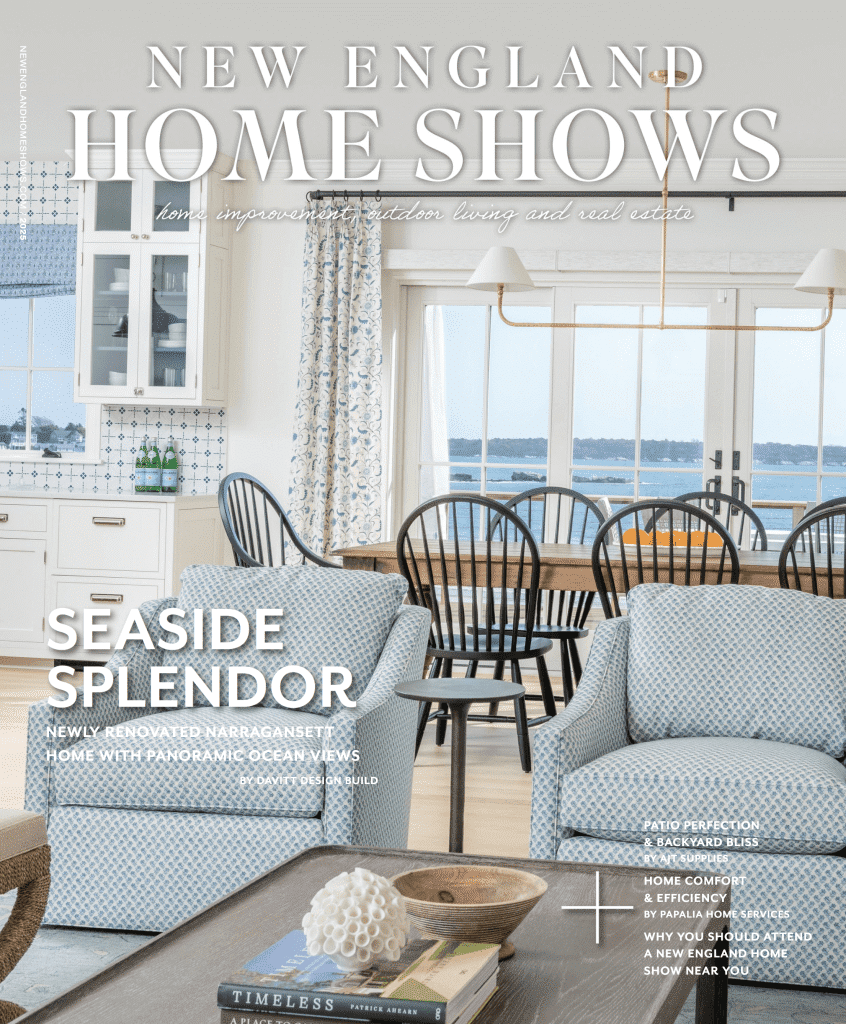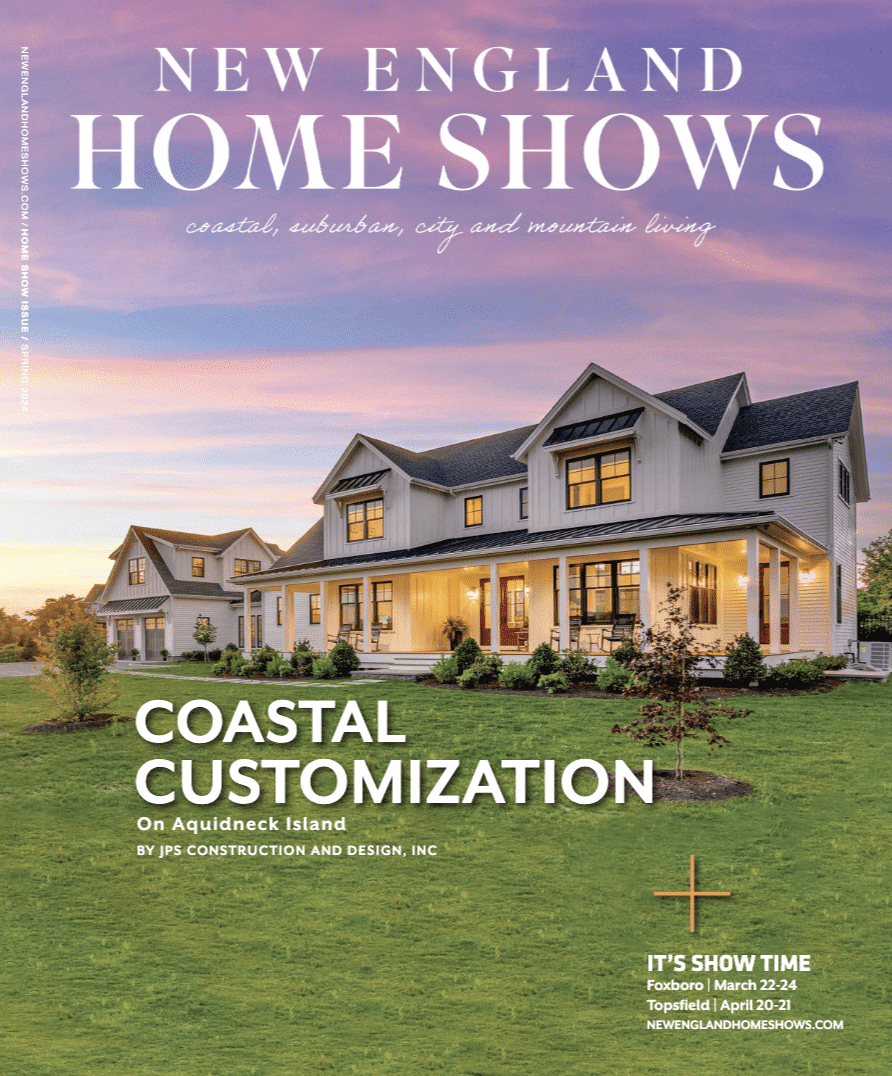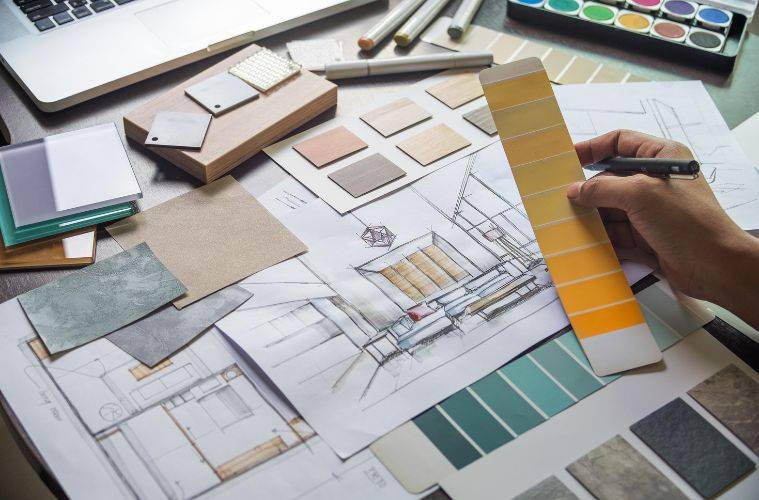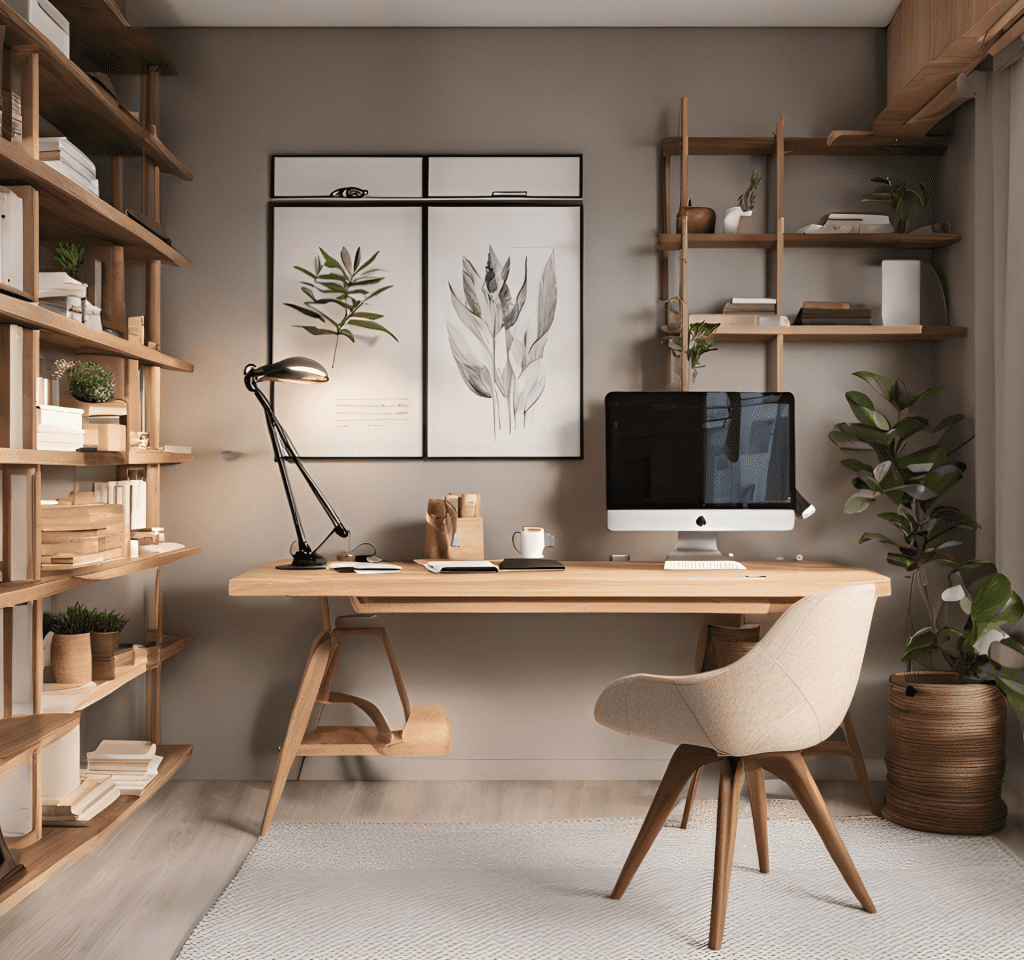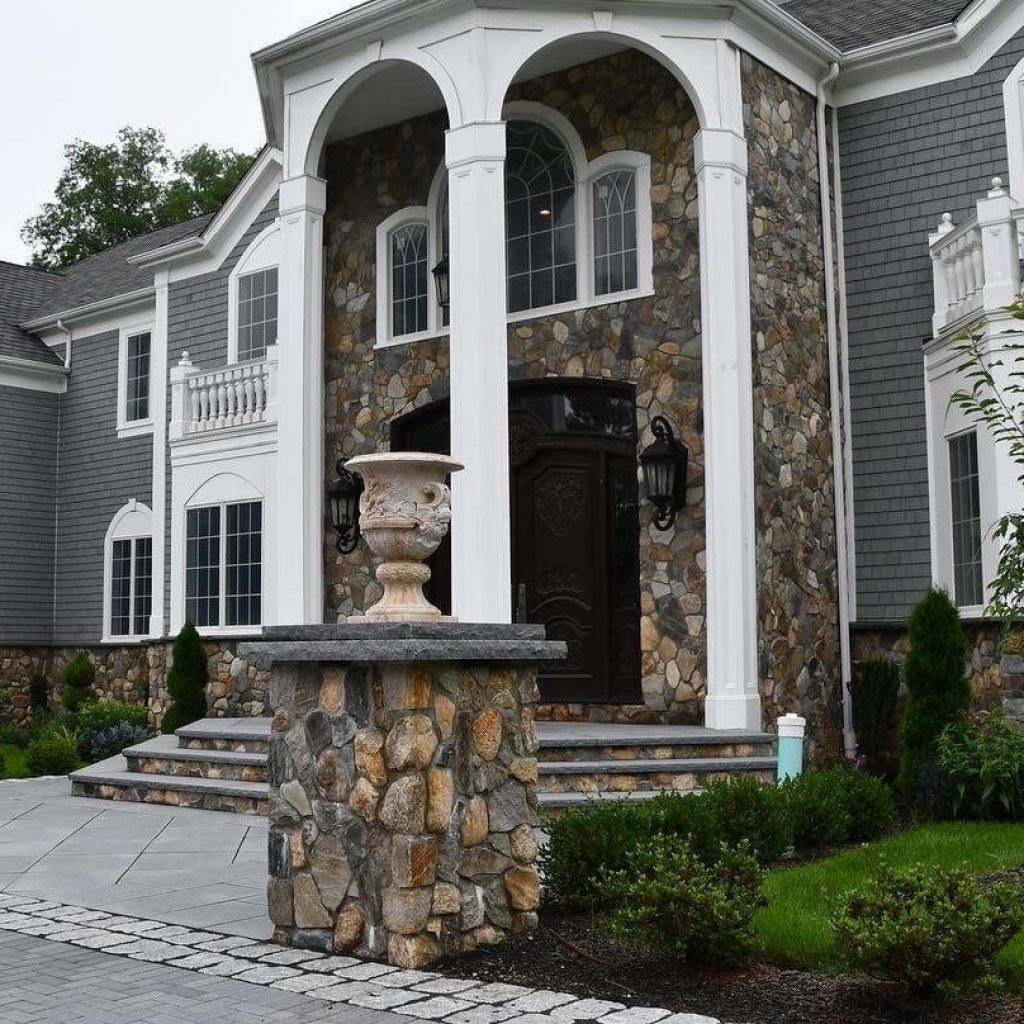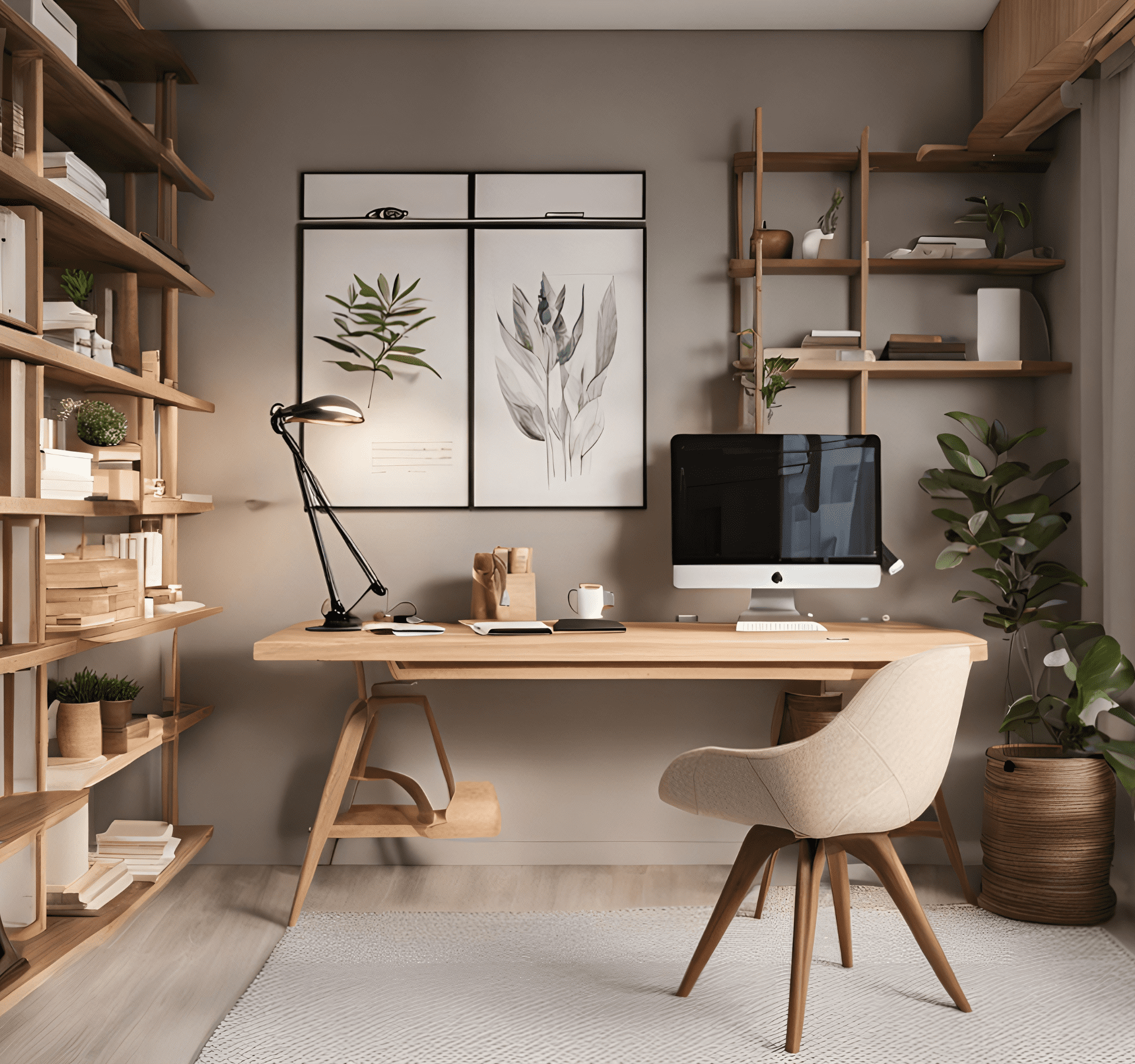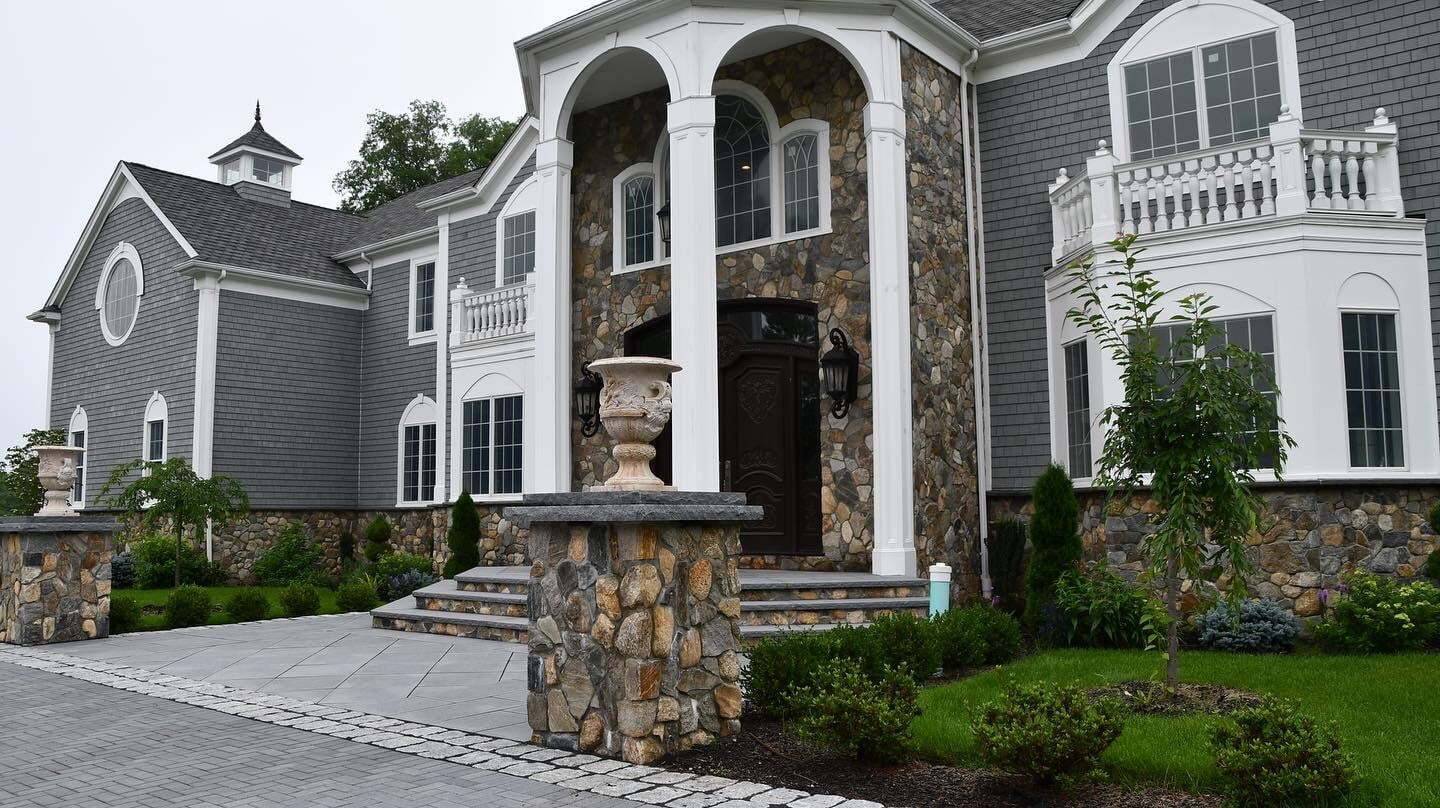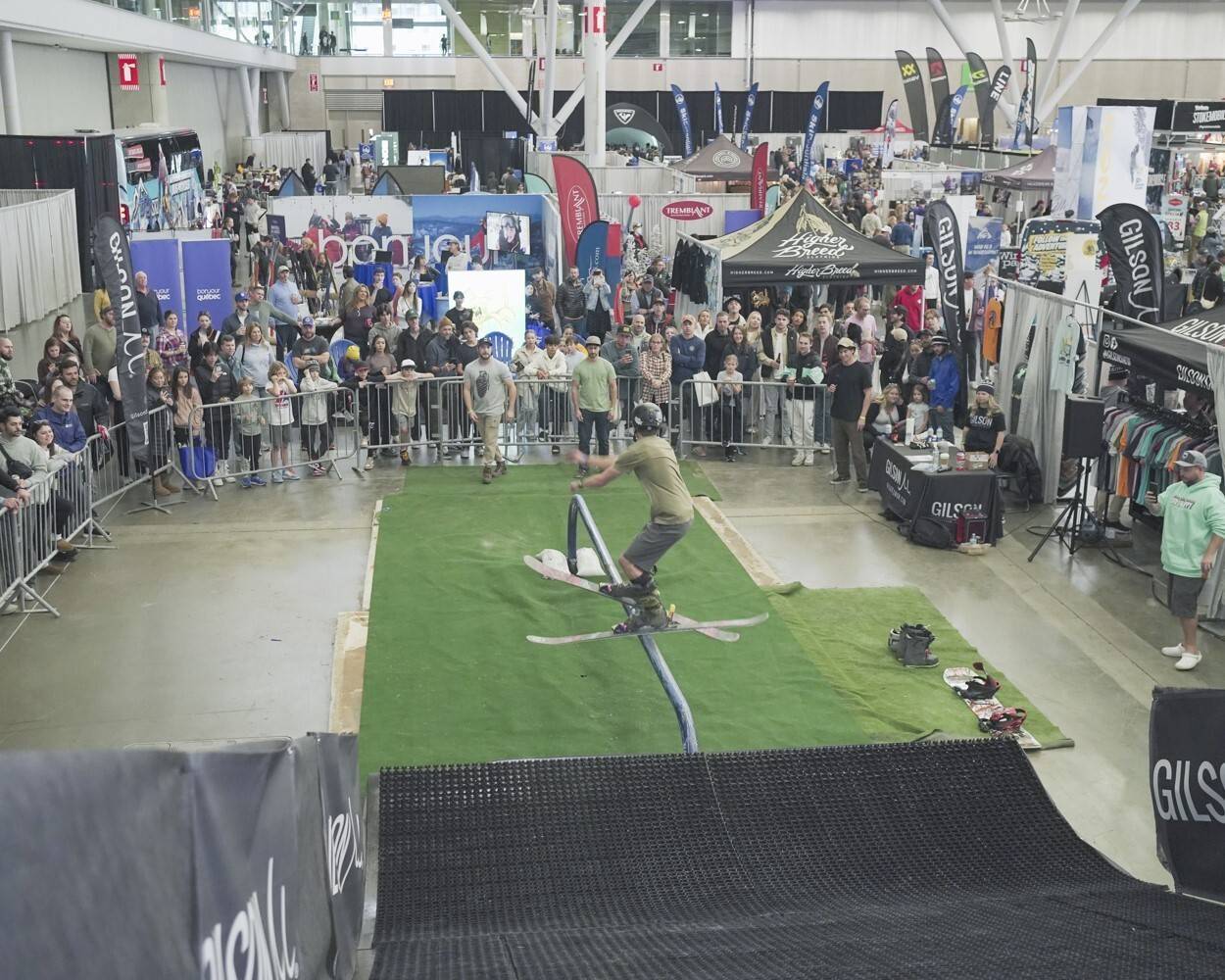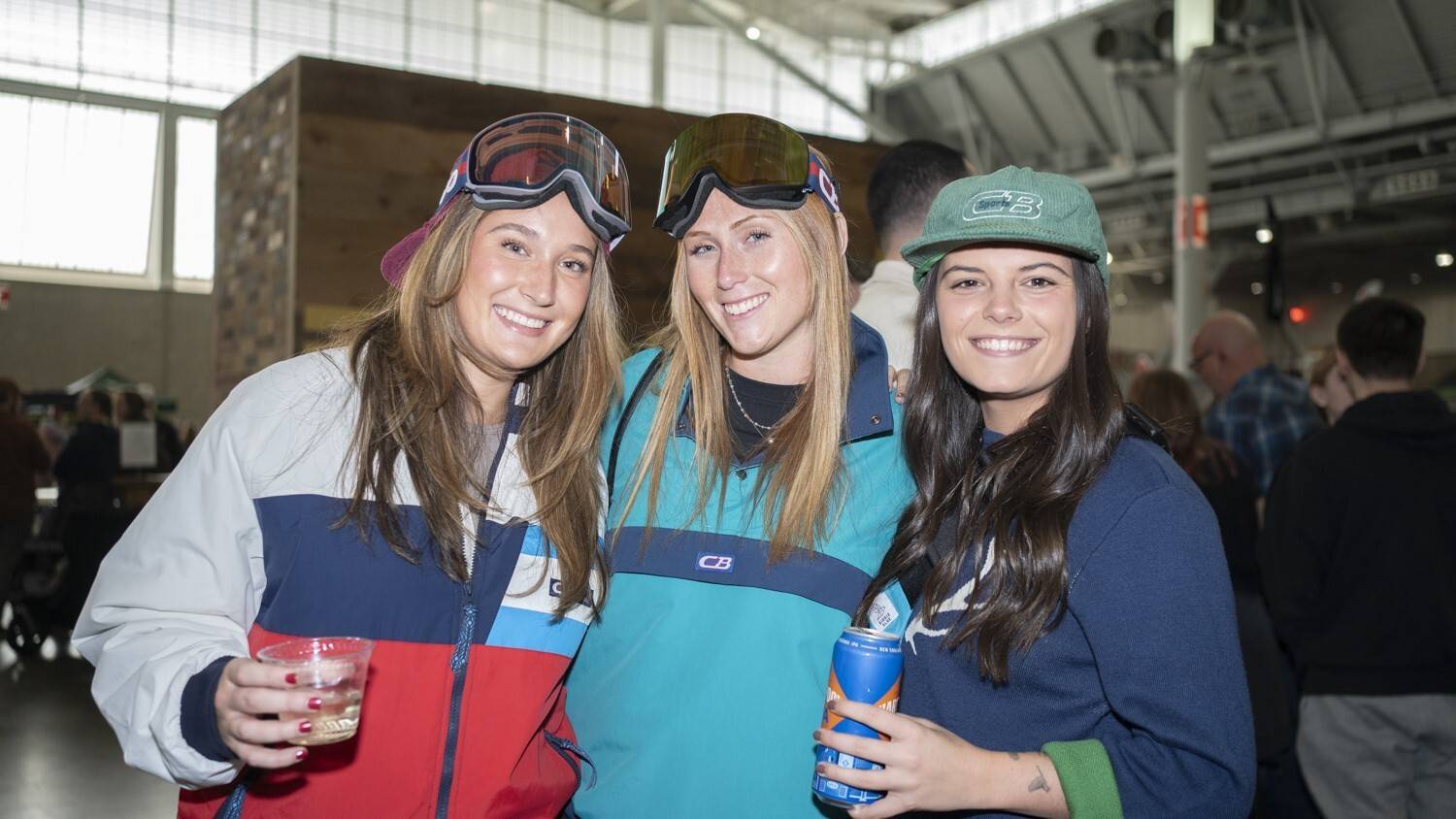From area rugs and sofas, to coffee tables and wall decor, we often attribute a room’s overall vibe to the way it’s decorated. This makes total sense. After all, if a room is overstimulating or just plain dull, we likely won’t find it a very comfortable or appealing space. With that said, many people disregard the role that color plays in setting a room’s tone. But truthfully, color affects the energy of every room you walk into.
This isn’t some hoity-toity rule conjured by the gods of the blogosphere, either. It’s called color psychology, and it’s a fundamental principle of interior design. If you’re unsure of how it all works, allow us to explain the basics in this brief guide.
Use Warm Colors To Evoke Passion, Motivation, and Joy
To successfully use color psychology in your interior design, you must understand how various colors affect our emotions and overall disposition. Of course, there’s a full spectrum of beautiful colors to examine. But for concision’s sake, we’ll assess one of the more prominent groups first: warm colors.
Warm colors primarily include shades of red, orange, and yellow. Each of these brings about different emotions and can even evoke specific mentalities in the people they surround.
- Reds: Encourage ambition, motivation, willpower, and passion. Red hues are excellent choices for offices and creative spaces.
- Oranges: Evoke nurturing, rejuvenation, positivity, and optimism, making them the perfect selections for playrooms and exercise studios.
- Yellows: Invoke joy, happiness, and community. This makes yellow perfect for kitchens, living rooms, and other communal areas.
And if you can’t see yourself sticking to one-note color schemes, that’s okay. Many warm shades complement each other.
Use Cool Colors To Conjure Chillaxed, Confident, and Creative Vibes
The hues in our next grouping are commonly referred to as cool colors. Blues, greens, and purples reside in this beautiful part of the rainbow. Like their warmer counterparts, cool tones can conjure all sorts of different vibes within a space.
- Blues: Encourage relaxation, confidence, peace, and success, which makes them ideal for bathrooms, bedrooms, and reading nooks.
- Greens: Foster a growth mind set, abundance, and balance. This makes green an excellent color for pretty much any room in your home. We love a green kitchen with the cabinets professionally painted white to add dimension to the space.
- Purples: Invoke luxury, creativity, drama, and an undeniable presence, making them the perfect choices for formal living and dining spaces, dressing rooms, and regal entryways.
Using a variety of shades and neutral accents to balance out these bold colors is best, but you get the idea. Each color of the rainbow makes us feel a certain way and can even affect our mentality and what we choose to do with our time.
In short, color psychology is an excellent tool in interior design. It can create gorgeous color palettes, and the right colors can curate the perfect vibe for every space. Hopefully, we were able to provide some valuable insight into how you can use all the colors of the rainbow to inject your favorite emotions into each area of your home.

